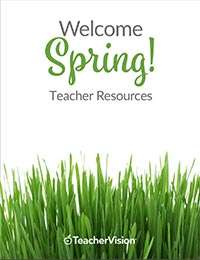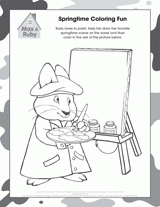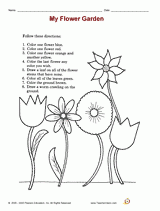This School Readiness Activity provides early mathematical thinking experiences for preschool children that will prepare them to do well in the early grades.
Grades:
Subjects:
Sorting Cars
Purpose/Skills
- To sort and classify toy cars into subgroups
- To notice how the cars are alike and different
Materials
Collection of toy cars for sorting, books about vehicles
sort
sorting
alike
different
Literature Suggestion
Read and discuss books about vehicles such as Road Builders by B. G. Hennessy, Fire Engines by Anne Rockwell, Construction Trucks by Jennifer Dusslin, The Addison-Wesley Picture Dictionary, or any other books about vehicles. Sing songs about vehicles such as "The Wheels of the Bus Go Round and Round."
Warm-Up
Show children a collection of toy cars. Have children tell what they know about cars. Expect responses such as: Cars go fast. We ride in cars. Our car is red. We have a big car. The wheels go around.
Procedure
- Present a collection of toy cars. Ask children to examine them and tell some ways that they are alike. (They all have doors, windows, and wheels.) Then ask for some ways that they are different. (They are different colors, sizes, and shapes.) Tell children that you would first like to sort the cars by color. Ask, "What colors do you see?" Help children identify colors they do not yet know. "Help me put them in groups. Here is a red car." Have children help put all of the red cars into the group. Continue with the other colors, allowing the children to lead you.
- Reinforce the language of sorting with questions such as "How are all of the cars in this group alike?" (They are [color].) Use a think-aloud approach: "Yes, we sorted them by color and this is the (color) group." Repeat this routine for each color group.
- Invite children to work together to sort the items and encourage them to use the think-aloud approach as they re-sort the cars by size (large and small) and by shape. (Suggest car shapes and truck shapes if appropriate.)
- Teacher Tip: To help children who are having difficulty, model and ask questions such as, "This is a big car. Does this (another) car belong with the big cars or the small cars?"
Incorporate sorting and classifying experiences into daily classroom routines.
Observation Assessment
- Proficient - Child can easily sort items into subgroups that vary by one attribute.
- In Process - Child sorts items into two subgroups only.
- Not Yet Ready - Child does not yet sort items into subgroups.












